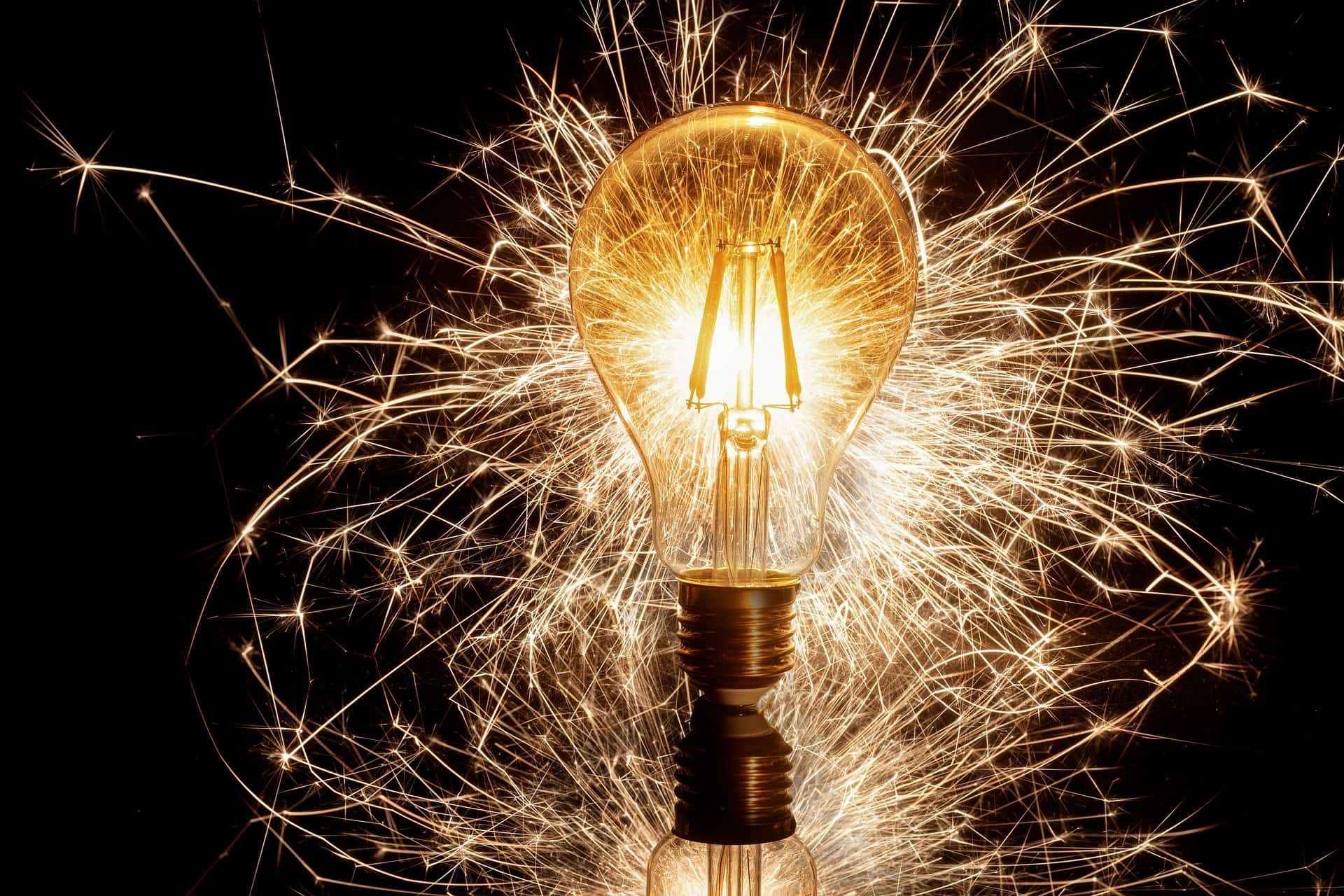

Articles
How Hot Does An LED Bulb Get
Modified: January 19, 2024
Discover how hot an LED bulb can get in this informative article. Learn about the temperature range and safety considerations.
(Many of the links in this article redirect to a specific reviewed product. Your purchase of these products through affiliate links helps to generate commission for Storables.com, at no extra cost. Learn more)
Introduction
LED bulbs have revolutionized the lighting industry with their energy efficiency and long lifespan. However, as with any electrical device, it is essential to understand the temperature at which an LED bulb operates. The temperature of an LED bulb can impact its performance, durability, and even safety.
In this article, we will explore how LED bulbs work and delve into the factors that affect their temperature. We will discuss methods of measuring LED bulb temperature, the maximum temperature that LED bulbs can reach, and the potential effects of high temperatures on LED bulbs. Additionally, we will explore cooling techniques that can help mitigate the heat generated by LED bulbs.
Understanding the temperature of LED bulbs is crucial for both manufacturers and consumers. By gaining insight into the thermal characteristics of LED bulbs, manufacturers can design more efficient and reliable lighting solutions. Consumers, on the other hand, can make informed decisions when purchasing LED bulbs and ensure optimal performance and longevity.
So, let us dive into the fascinating world of LED bulbs and uncover the secrets of their temperature management.
Key Takeaways:
- LED bulbs operate within specific temperature limits to ensure optimal performance and longevity, making it crucial for manufacturers and consumers to understand and manage their thermal characteristics.
- Effective cooling techniques, such as heat sinks, airflow, and ventilation, are essential for mitigating the detrimental effects of high temperatures on LED bulbs, maximizing their energy efficiency and lifespan.
Read more: How Hot Does A Light Bulb Get
How LED Bulbs Work
Before we delve into the temperature aspects of LED bulbs, it is important to have a basic understanding of how they work. LED stands for Light Emitting Diode, which is a semiconductor device that emits light when an electric current passes through it.
Unlike traditional incandescent bulbs that rely on heating a filament to produce light, LED bulbs operate on a completely different principle. Inside an LED bulb, there are two main components: a semiconductor chip and a phosphor coating.
When an electric current is applied to the semiconductor chip, the electrons within the material become excited and move from a lower energy state to a higher energy state. As these electrons transition back to their original state, they release energy in the form of photons, creating visible light.
The color of the light emitted by an LED bulb is determined by the materials used in the semiconductor chip and the phosphor coating. By combining different materials, manufacturers can produce LEDs that emit light across the visible spectrum.
LED bulbs are known for their energy efficiency because they convert a high percentage of electrical energy into light. In contrast, traditional incandescent bulbs waste a significant amount of energy as heat. This difference in energy conversion leads us to the next topic: factors that affect the temperature of LED bulbs.
Factors Affecting LED Bulb Temperature
The temperature of an LED bulb is influenced by various factors that can impact its performance and longevity. Let’s explore some of the key factors that contribute to LED bulb temperature:
- Power Consumption: The amount of electrical power consumed by an LED bulb directly affects its temperature. LED bulbs with higher wattage or brightness levels generate more heat compared to their lower-powered counterparts.
- Heat Dissipation: The ability of an LED bulb to dissipate heat is crucial in managing its temperature. LED bulbs with efficient heat sink designs and effective thermal management systems can dissipate heat more effectively, keeping the temperature within safe limits.
- Enclosure Design: The design of the bulb’s enclosure or housing also affects its temperature. Enclosures that provide adequate ventilation and airflow allow heat to dissipate efficiently, preventing excessive heat buildup.
- Operating Conditions: Environmental factors such as ambient temperature, humidity, and airflow play a significant role in LED bulb temperature. Operating LED bulbs in high-temperature environments or restricted airflow conditions can lead to increased temperatures.
- Proper Installation: Incorrect installation or improper electrical connections can cause LED bulbs to generate more heat. Ensuring proper installation, including correct wiring and compatible fixtures, is essential for maintaining optimal temperature levels.
Understanding these factors is critical for both manufacturers and consumers. Manufacturers need to consider these factors during the design and production process to ensure the longevity and performance of LED bulbs. Consumers, on the other hand, should be aware of these factors when selecting LED bulbs for their specific lighting needs.
Now that we have explored the factors that affect LED bulb temperature, let’s move on to understanding how temperature is measured in LED bulbs.
Measurement of LED Bulb Temperature
Accurately measuring the temperature of LED bulbs is crucial for understanding their thermal behavior and ensuring safe operation. Several methods and devices are commonly used for measuring LED bulb temperature:
- Thermocouples: Thermocouples are temperature sensors that use the principle of thermoelectric effect to measure temperature. They consist of two dissimilar metals joined together, producing a voltage that varies with the temperature difference. Thermocouples can be attached to the surface of an LED bulb to measure its temperature.
- Infrared Thermometers: Infrared (IR) thermometers measure temperature by detecting the thermal radiation emitted by an object. They allow for non-contact temperature measurement, making them convenient for assessing the temperature of LED bulbs without any physical contact.
- Thermal Imaging Cameras: Thermal imaging cameras capture thermal radiation and convert it into a visual representation of temperature. They provide a comprehensive view of heat distribution and can help identify any hotspots or areas of concern in an LED bulb or lighting system.
- Internal Temperature Sensors: Some LED bulbs come equipped with built-in temperature sensors that monitor the internal temperature. These sensors provide real-time temperature data and can be integrated with the bulb’s control system for automatic temperature regulation.
Regardless of the method used, it is important to ensure the accuracy and calibration of the temperature measurement device. Proper placement of the sensor or thermometer on the LED bulb’s surface is also crucial to obtain reliable temperature readings.
LED bulb manufacturers often carry out extensive testing to measure the temperature under various operating conditions. This data is used to determine the maximum temperature limitations and ensure compliance with safety standards.
Speaking of maximum temperature, let’s explore the upper temperature limits that LED bulbs can reach in the next section.
LED bulbs produce very little heat compared to traditional incandescent bulbs. The heat generated by an LED bulb is minimal, making them safe to touch even after being on for an extended period of time.
Maximum Temperature of LED Bulbs
LED bulbs, like any electronic device, have an upper temperature limit that should not be exceeded to ensure optimal performance and longevity. The maximum temperature that LED bulbs can reach is typically determined by the manufacturer and may vary depending on the brand and model of the bulb.
Most LED bulb manufacturers specify the maximum temperature in their product specifications or datasheets. The maximum temperature is often referred to as the “Tj(max)” or “Junction Temperature.” This temperature refers to the maximum temperature that the internal semiconductor junction of the LED can safely operate without any adverse effects on the performance or lifespan of the bulb.
Typically, the maximum temperature for LED bulbs ranges from 80 to 105 degrees Celsius (176 to 221 degrees Fahrenheit). However, it is important to note that operating LED bulbs at or near the maximum temperature limit for extended periods can still contribute to a decrease in their lifespan and performance over time. Therefore, it is recommended to keep the operating temperature well below the maximum specified by the manufacturer.
Exceeding the maximum temperature limit can have several negative effects on LED bulbs. These effects may include:
- Reduced Lifespan: High temperatures can accelerate the degradation of the LED chip and other internal components, leading to a shorter lifespan for the bulb.
- Decreased Efficiency: Heat can affect the efficiency of an LED bulb, causing it to produce less light output for the same amount of electrical power consumed.
- Color Shift: Excessive heat can cause changes in the color output of LED bulbs, resulting in a shift in the perceived color temperature.
- Potential Safety Risks: In extreme cases, high temperatures can lead to component failure, electrical issues, or even fire hazards. This is why adhering to the maximum temperature guidelines is crucial for safety.
Now that we understand the potential effects of high temperatures on LED bulbs, let’s move on to exploring cooling techniques that can help manage and dissipate heat effectively.
Read more: Why Does A Light Bulb Explode
Effects of High Temperature on LED Bulbs
High temperatures can have several detrimental effects on LED bulbs, impacting their performance, lifespan, and even safety. Let’s explore the effects of high temperature on LED bulbs in more detail:
- Reduced Lifespan: Exposing LED bulbs to high temperatures can accelerate the degradation of their internal components, particularly the semiconductor chip. High temperatures can cause increased stress on the chip, leading to a shorter lifespan for the bulb.
- Decreased Light Output: High temperatures can affect the efficiency of LED bulbs, causing them to produce less light output for the same amount of electrical power consumed. This can result in a noticeable decrease in brightness and overall illumination quality.
- Color Shift: Heat can also impact the color output of LED bulbs. Excessive temperatures can cause a shift in the color temperature, leading to a change in the perceived color of the light emitted by the bulb.
- Flickering or Instability: Prolonged exposure to high temperatures can introduce instability in the operation of LED bulbs. This can manifest as flickering or intermittent operation, affecting the overall functionality and reliability of the bulb.
- Reduced Efficiency: The efficiency of LED bulbs can be compromised at high temperatures, causing a decrease in their overall energy efficiency. This means that more electrical power can be wasted as heat rather than being converted into visible light.
- Potential Safety Hazards: In extreme cases, high temperatures can pose safety risks. Excessive heat can lead to component failure, electrical issues, or even fire hazards in certain situations. Proper temperature management is crucial to mitigate these risks.
It is important to note that the effects of high temperatures on LED bulbs can vary depending on the quality of the bulb, its design, and the specific operating conditions. However, by understanding these potential effects, manufacturers and consumers can take necessary measures to mitigate heat-related issues and ensure optimal performance and longevity of LED bulbs.
Now, let’s explore some cooling techniques that can help manage the temperature of LED bulbs effectively.
Cooling Techniques for LED Bulbs
Proper cooling is essential to maintain optimal temperature levels and maximize the performance and lifespan of LED bulbs. Here are some effective cooling techniques that can help manage the temperature of LED bulbs:
- Heat Sinks: Heat sinks are commonly used to dissipate heat from LED bulbs. These are metallic structures designed to absorb and disperse the heat generated by the bulb. Heat sinks increase the surface area available for heat transfer, allowing for more efficient cooling.
- Airflow and Ventilation: Providing adequate airflow and ventilation around LED bulbs is crucial for effective cooling. Well-designed bulb enclosures or fixtures with vents or openings can help facilitate the natural flow of air, promoting heat dissipation.
- Cooling Fans: In certain applications or high-power LED bulbs, cooling fans can be employed to enhance heat dissipation. These fans help in actively moving air over the bulb, increasing the rate of cooling and preventing excessive temperature buildup.
- Thermal Interface Materials: The use of thermal interface materials, such as thermal pads or thermal pastes, can enhance heat transfer between the LED bulb and the heat sink. These materials fill in any air gaps and provide better thermal conductivity, improving cooling efficiency.
- Proper Installation: Ensuring proper installation of LED bulbs is crucial for effective cooling. Properly fitting the bulbs into compatible fixtures and fixtures that allow sufficient airflow can help prevent heat buildup and promote efficient cooling.
- Functional Design: Manufacturers can incorporate functional design elements to optimize cooling, such as fins or grooves on the surface of the bulb or the heat sink. These design features increase the surface area and enhance the convective cooling process.
It is important to consider the specific application and operating conditions when selecting cooling techniques for LED bulbs. Factors such as the power output, environmental conditions, and desired lifespan should be taken into account to ensure effective cooling and reliable operation.
By implementing these cooling techniques, LED bulb manufacturers and consumers can mitigate the effects of high temperatures, improve energy efficiency, and enhance the overall lifespan and performance of LED lighting systems.
As we wrap up our exploration of cooling techniques, let’s conclude our article on LED bulb temperature.
Conclusion
Understanding the temperature characteristics of LED bulbs is essential for both manufacturers and consumers. LED bulbs operate based on the principles of semiconductor technology, emitting light when an electric current passes through them. However, the temperature at which LED bulbs operate can significantly impact their performance, longevity, and even safety.
We have explored various aspects related to LED bulb temperature in this article. We learned about the factors that influence the temperature of LED bulbs, including power consumption, heat dissipation, enclosure design, operating conditions, and proper installation. These factors play a crucial role in maintaining optimal temperature levels and ensuring the efficient operation of LED bulbs.
Measuring LED bulb temperature is imperative to understand their thermal behavior. Thermocouples, infrared thermometers, thermal imaging cameras, and internal temperature sensors are commonly used for temperature measurement. Accurate temperature readings enable manufacturers to design LED bulbs that operate within safe limits and meet performance standards.
LED bulbs have a maximum temperature limit specified by manufacturers. Operating LED bulbs near or beyond this temperature limit can lead to reduced lifespan, decreased light output, color shifting, flickering, reduced efficiency, and potential safety hazards. It is crucial to keep the operating temperature well below the maximum limit to ensure optimal performance and safety.
To manage and dissipate heat effectively, various cooling techniques can be employed. Heat sinks, airflow and ventilation, cooling fans, thermal interface materials, proper installation, and functional design elements contribute to efficient cooling, mitigating the negative effects of high temperatures on LED bulbs.
In conclusion, understanding and managing LED bulb temperature is essential for maximizing their performance, lifespan, and safety. By considering the factors affecting temperature, utilizing appropriate cooling techniques, and adhering to the manufacturer’s specifications, LED bulb manufacturers can develop reliable and efficient lighting solutions. Similarly, consumers can make informed choices when selecting LED bulbs, ensuring optimal performance and longevity for their lighting needs.
With this knowledge, we can continue to embrace the benefits of LED lighting while effectively managing the temperature of these innovative energy-efficient light sources.
Frequently Asked Questions about How Hot Does An LED Bulb Get
Was this page helpful?
At Storables.com, we guarantee accurate and reliable information. Our content, validated by Expert Board Contributors, is crafted following stringent Editorial Policies. We're committed to providing you with well-researched, expert-backed insights for all your informational needs.
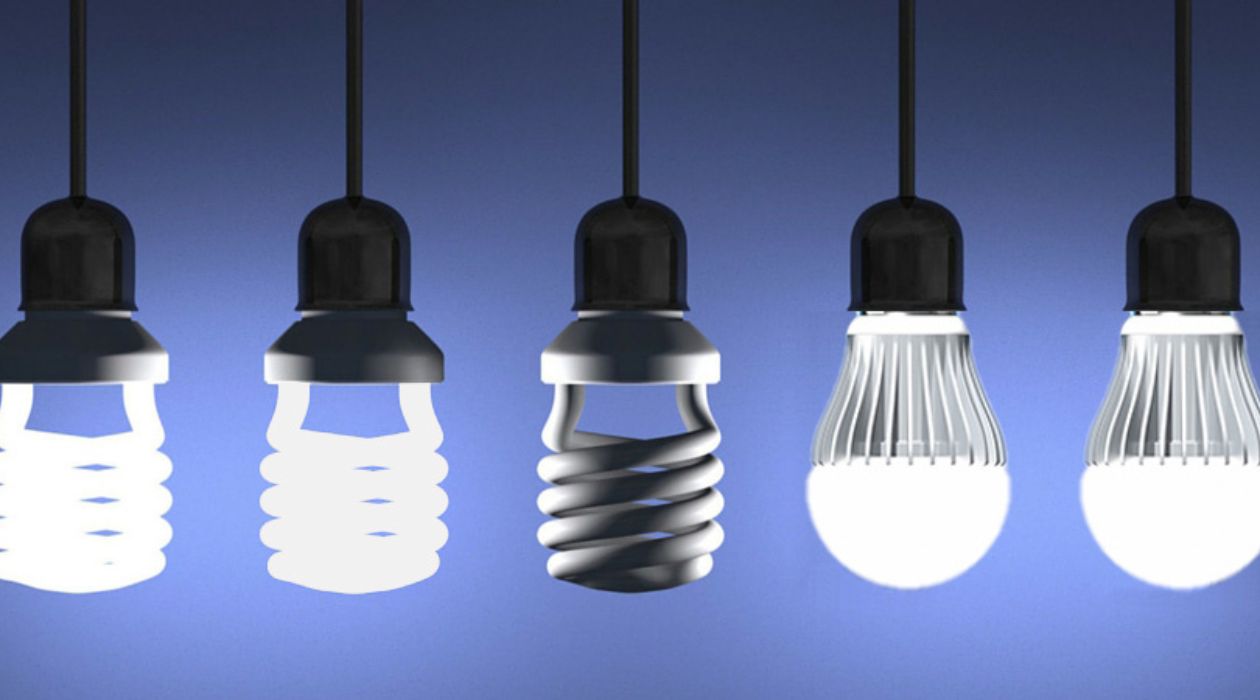
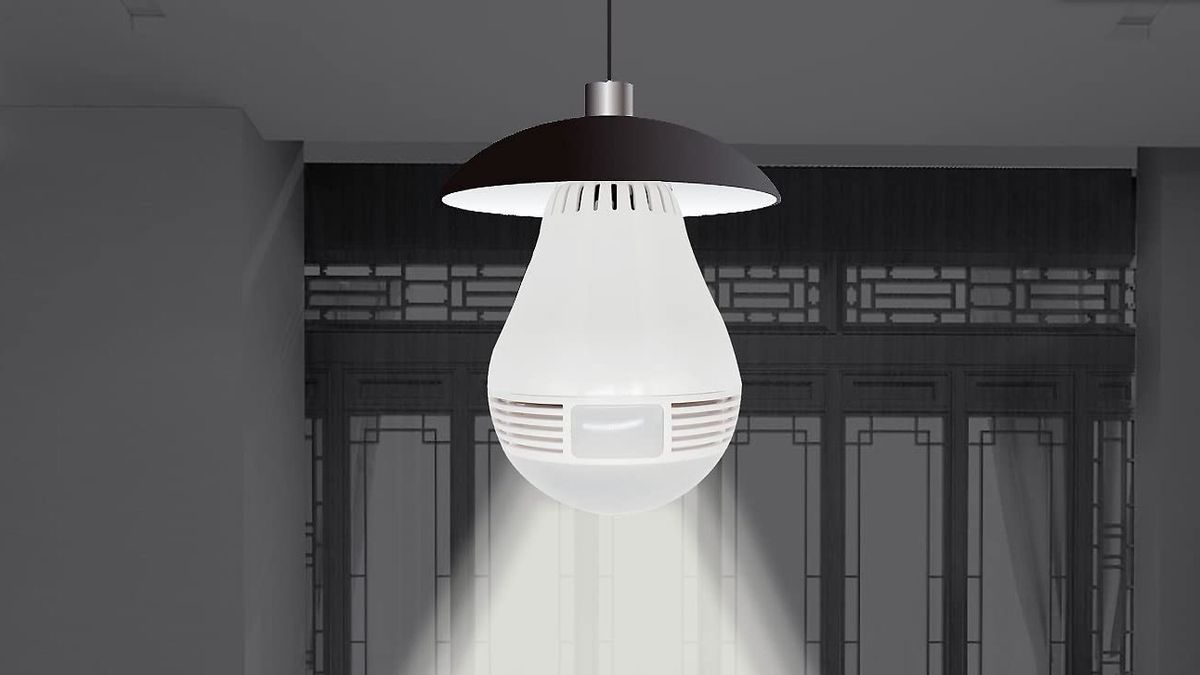
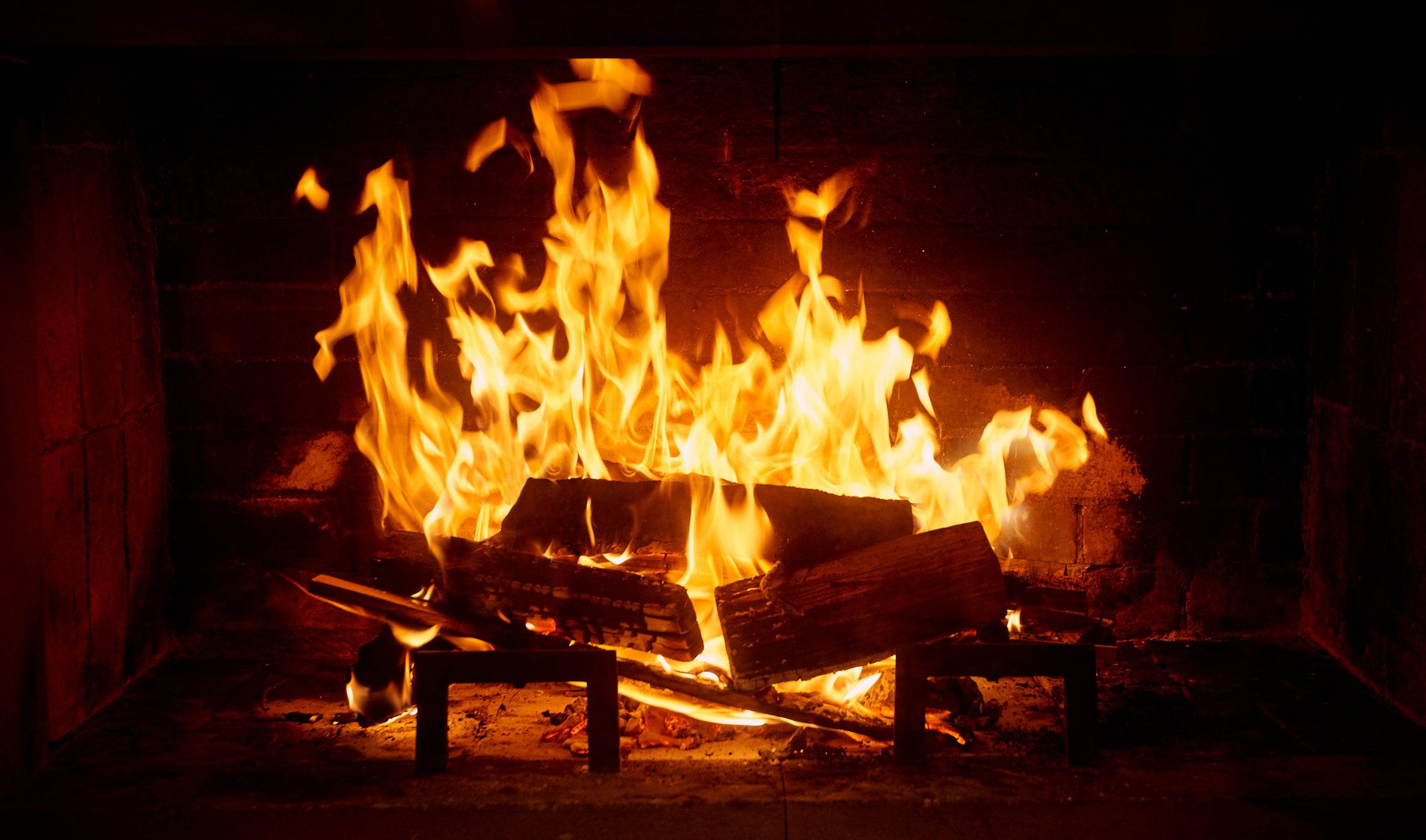
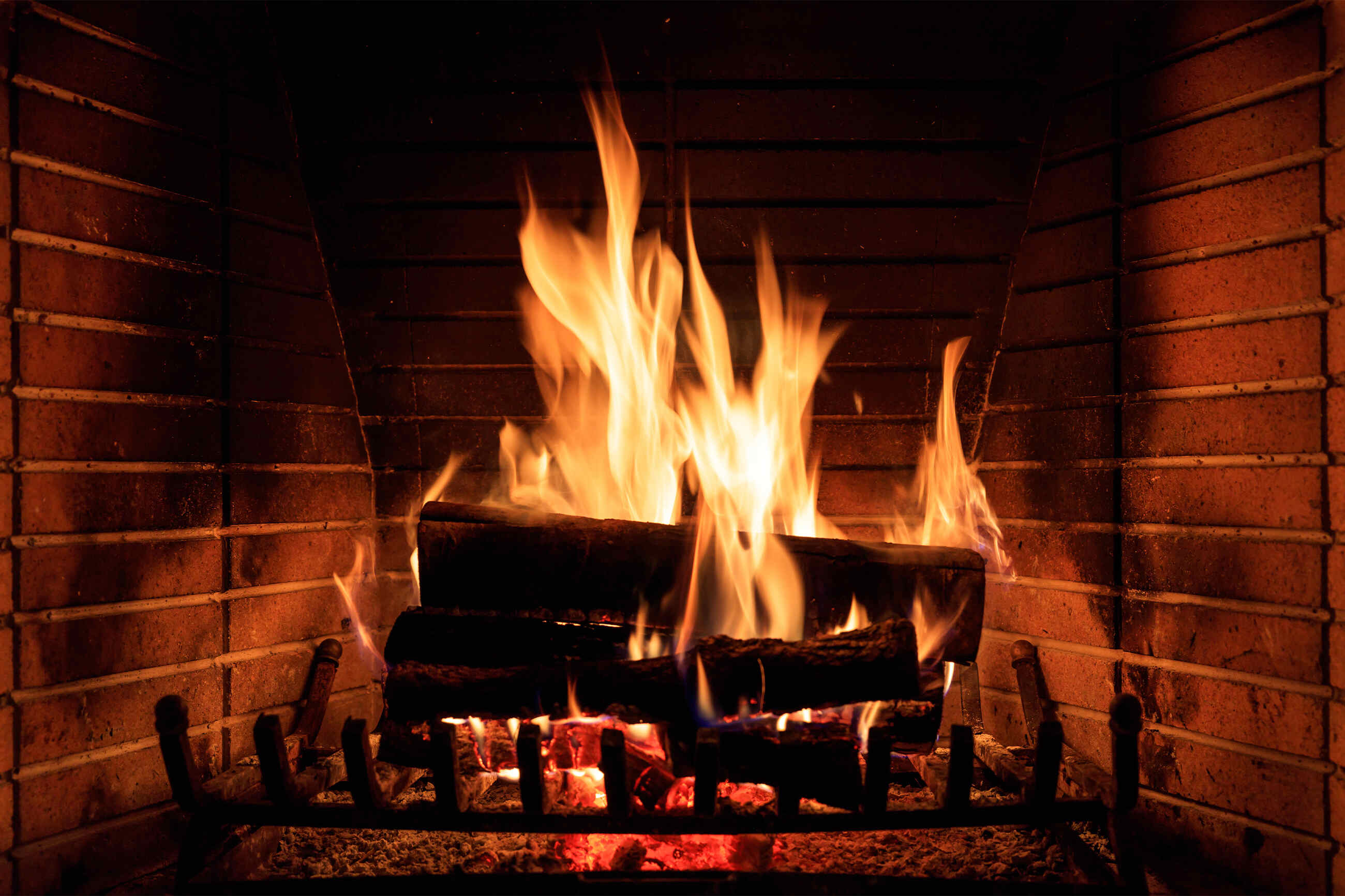
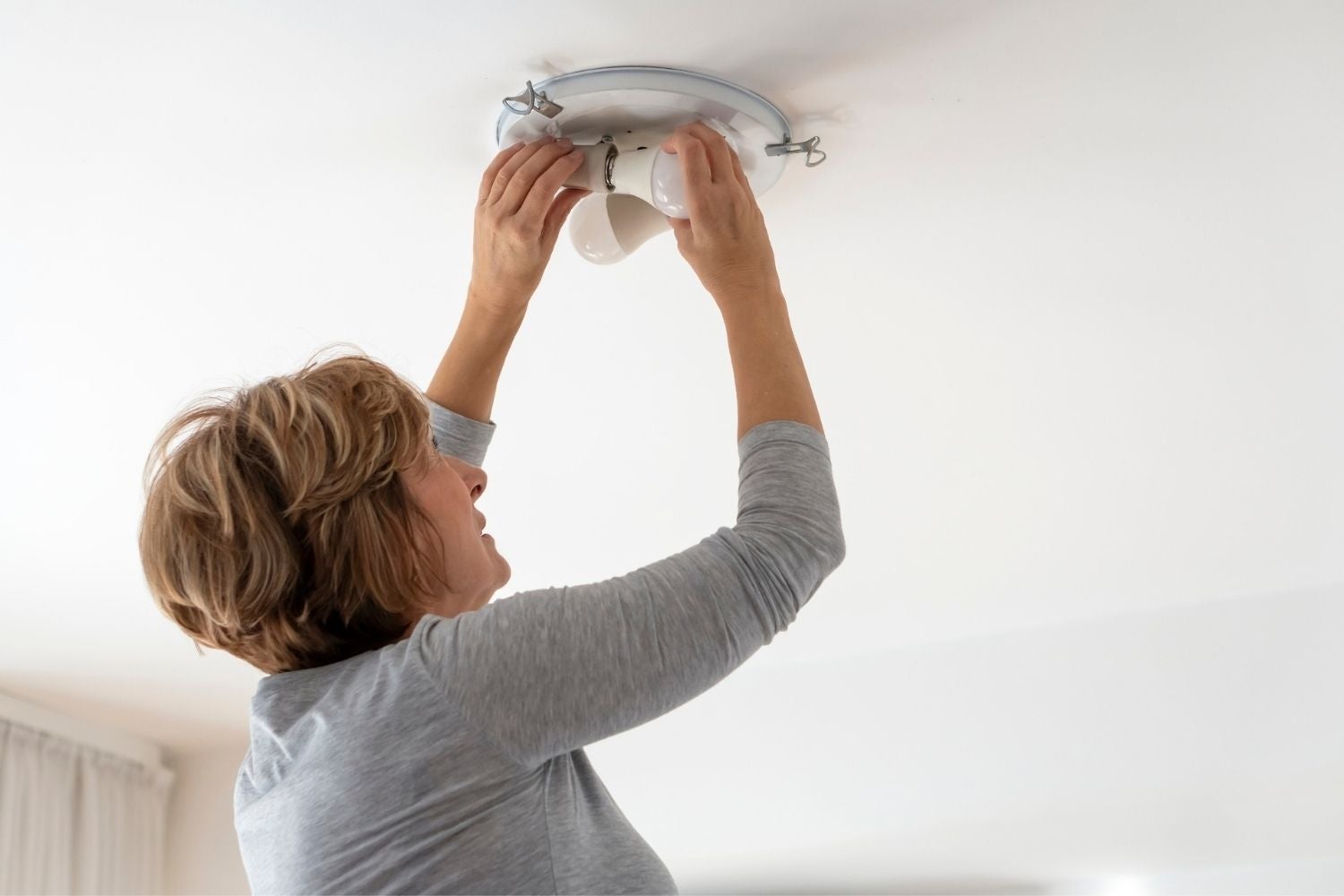
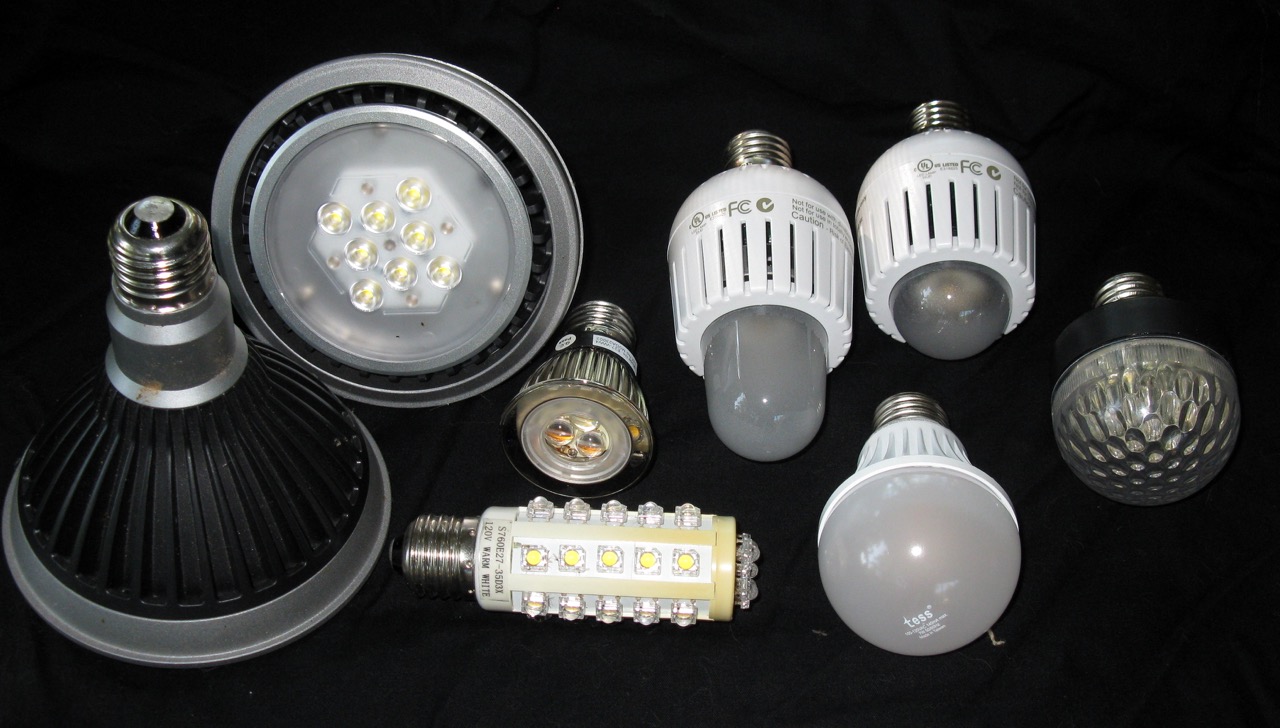
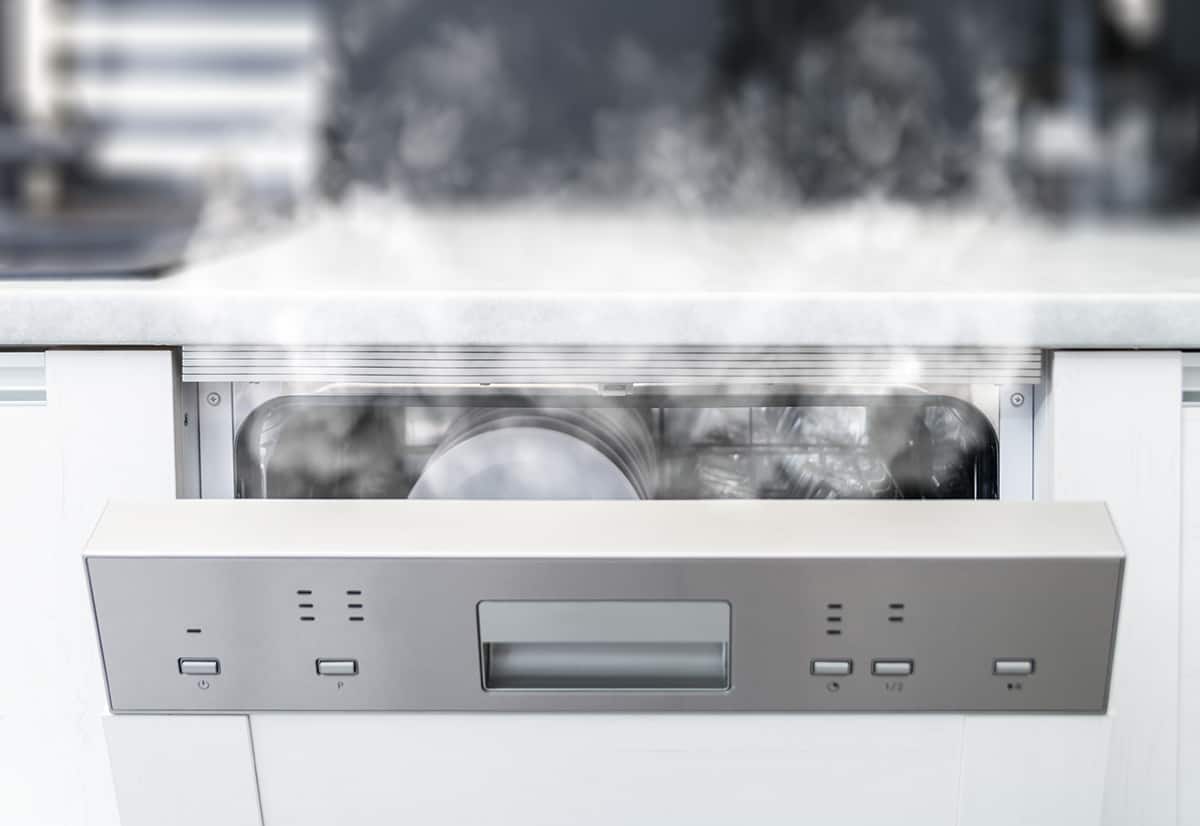
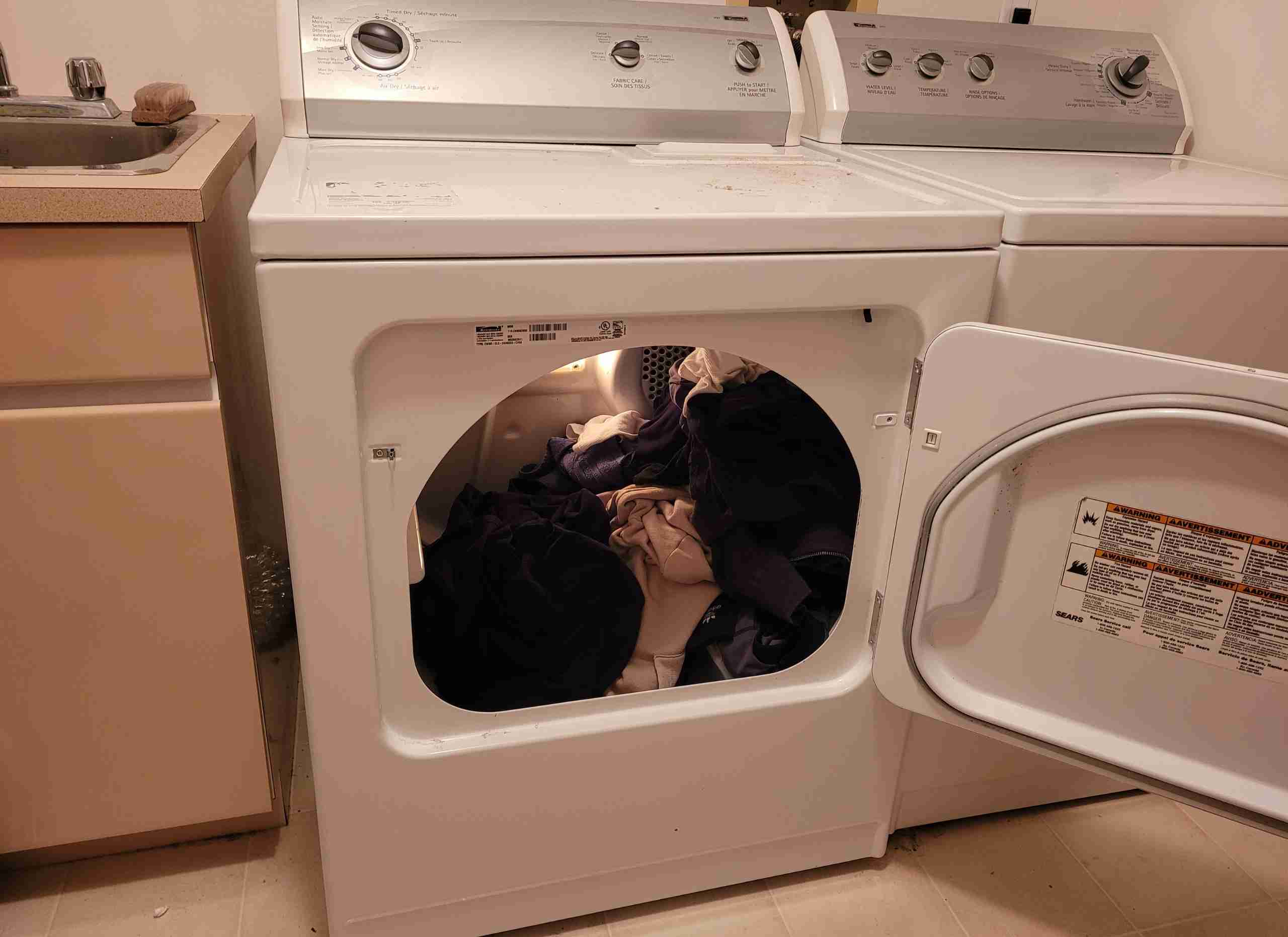
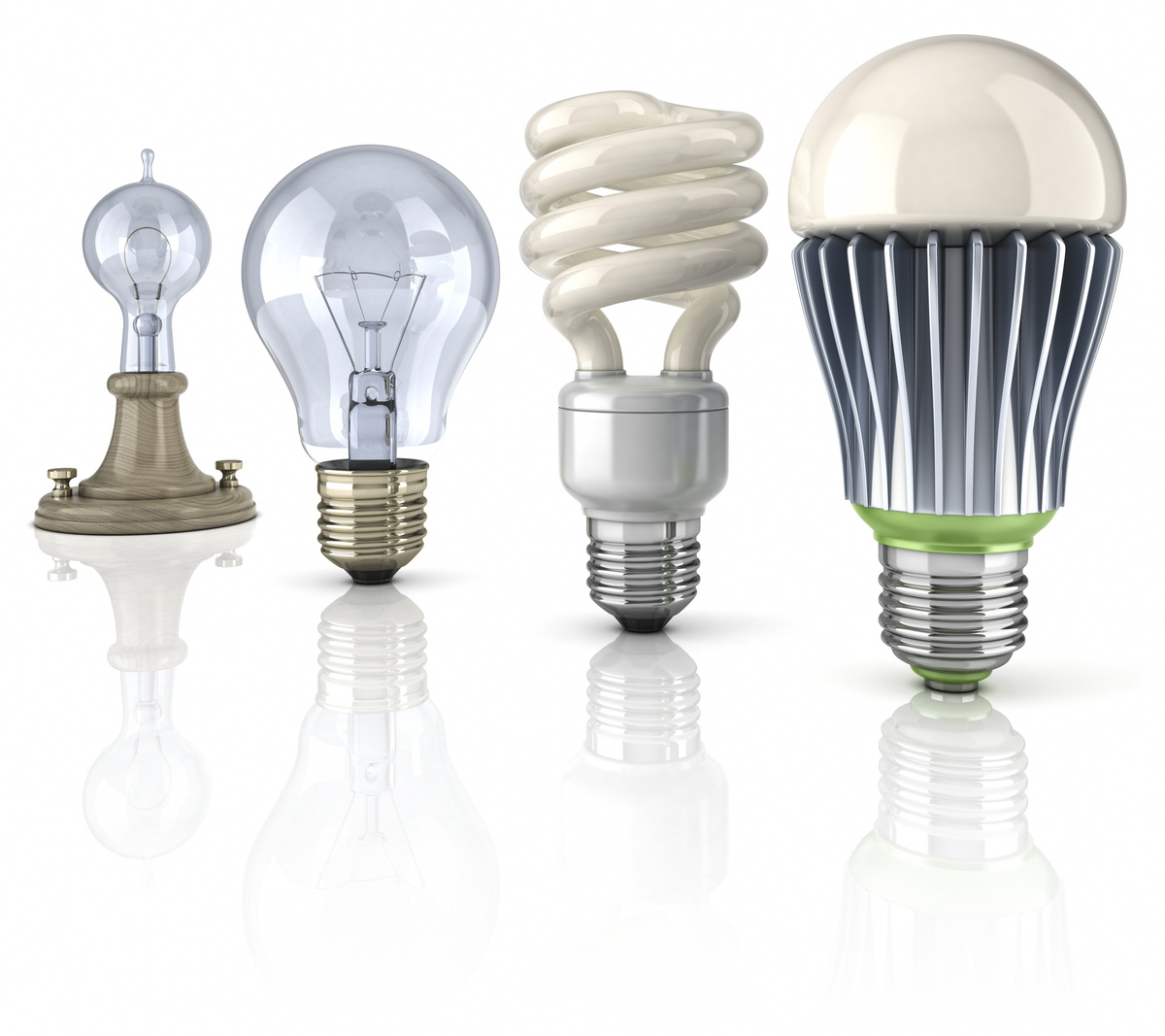
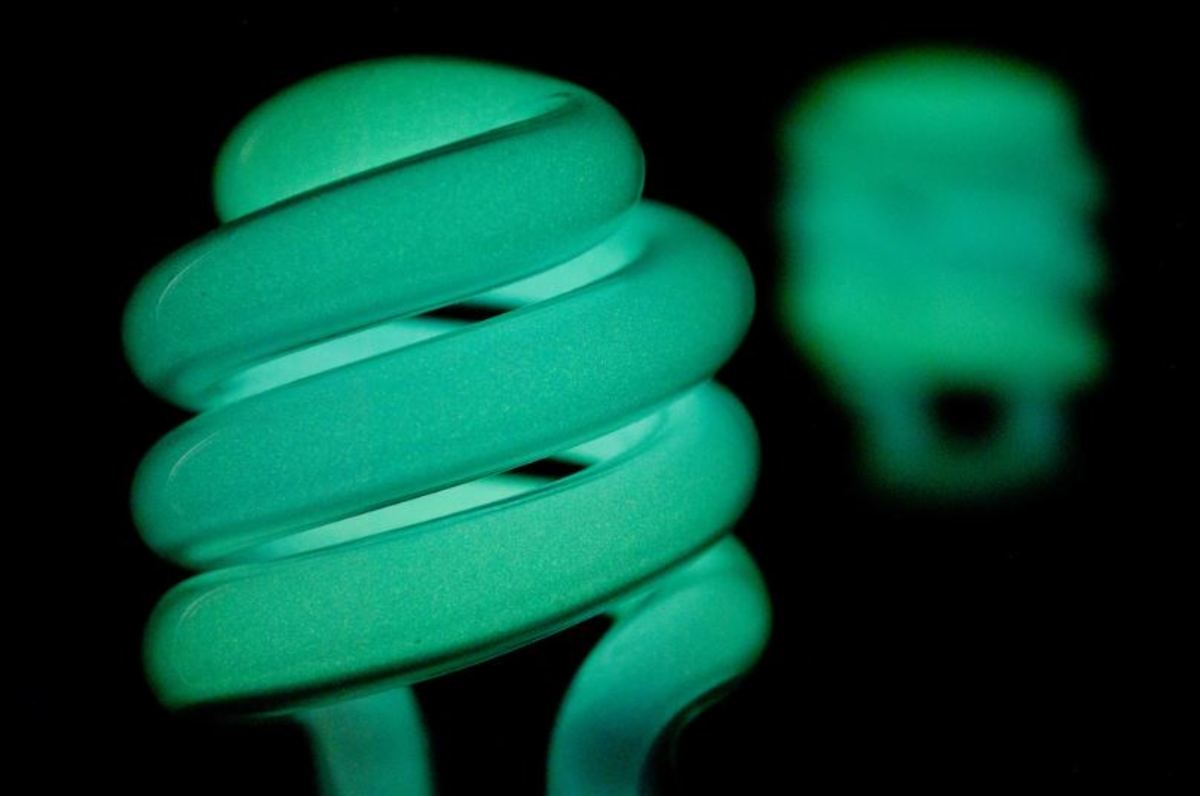
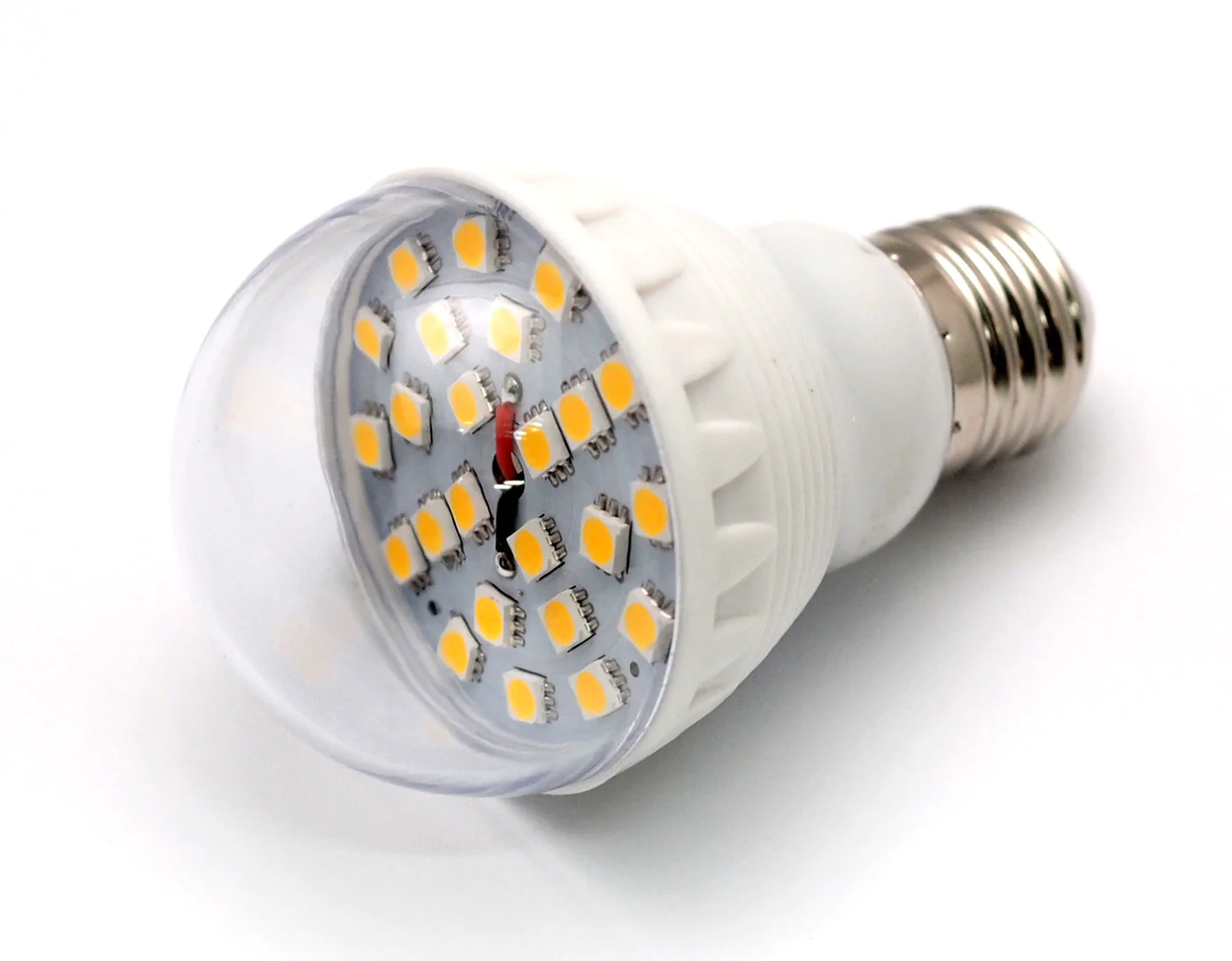
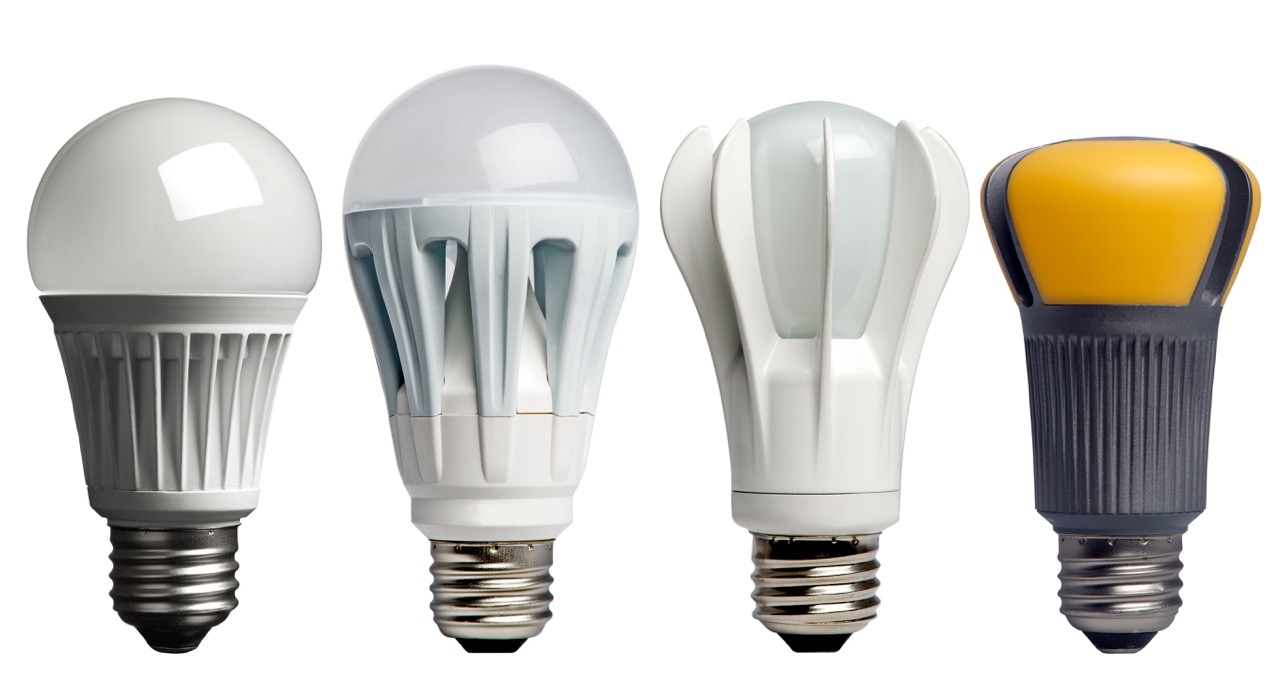

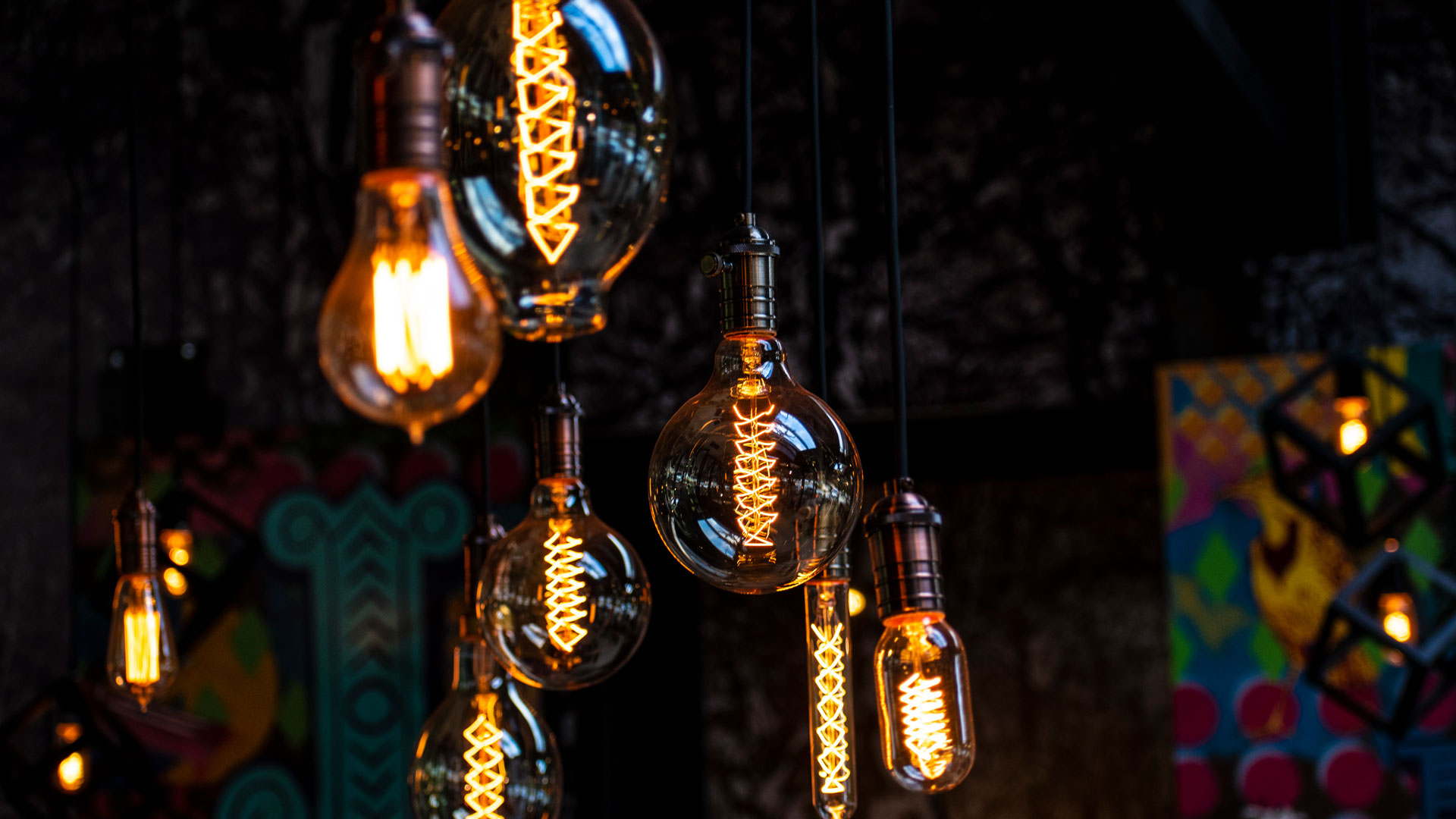

0 thoughts on “How Hot Does An LED Bulb Get”